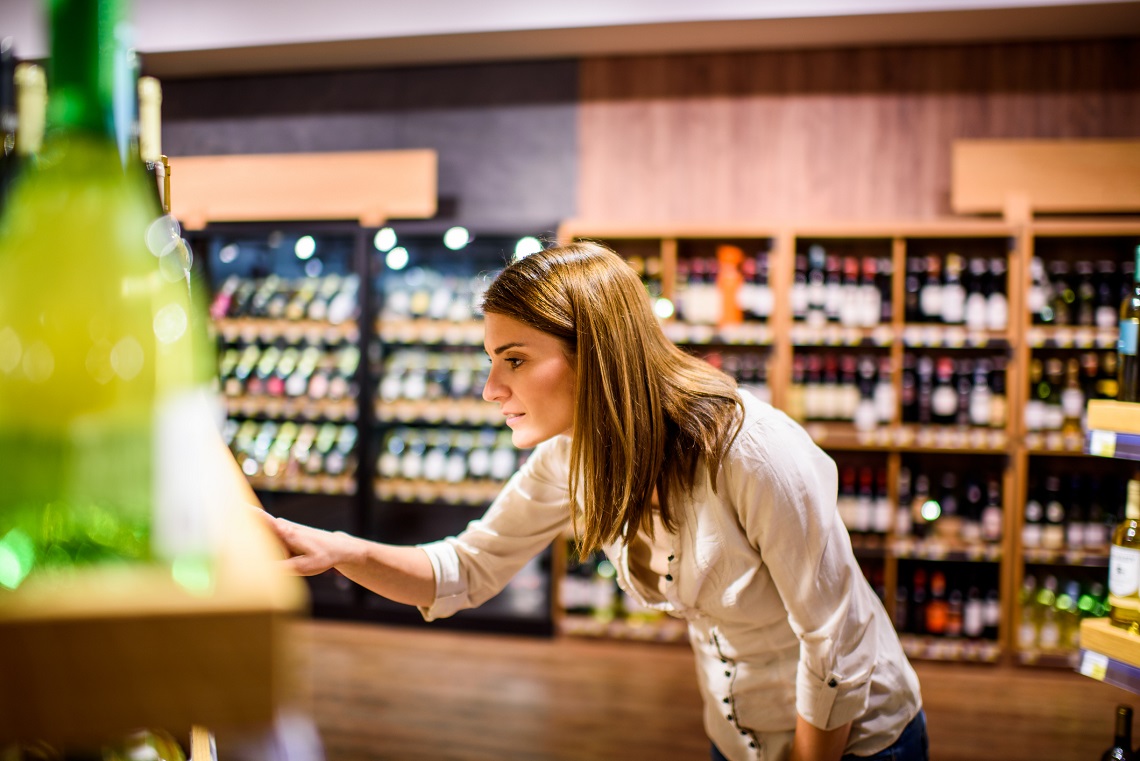Article written by Stephen Wilson, Category and Insights Manager at Strikeforce.
Regardless of where you might have been seeking your favourite brand in liquor, recently you might have been challenged to find what you were looking for, with supply chain issues continuing to influence on-shelf availability.
We have all experienced the frustration of popping down to the local store to pick up a few things only to come home with less items than we set out for or substituting brands due to lack of choice.
Juggling insufficient stock weight while still meeting your customer needs presents an enormous challenge for retailers, however this situation also provides opportunity to reassess space apportioned to brands across categories, cool rooms and shelf locations within the store.
How long is it since you really had a forensic look at the shape and make up of your overall range?
There is constant change and product evolution within individual categories as suppliers look to satisfy drinkers’ insatiable desire for new products and experiences.
Who would have thought a decade ago that the humble gin bottle would be at the forefront of an experiential wave? Hard seltzers were not even on the radar a few years ago. Both these subcategories now command a share of space that previously would have been allocated to other products.
Have fulfilment issues with reduced product options actually led to a decrease in revenue?
Having to make do with the available stock on hand to fill holes on shelves is never ideal, however increased facings of familiar brands or filling slots with alternative brands has a potential silver lining. For familiar brands, each item on shelf is front and centre with increased stock weight helping to avoid a lost sale. Alternative brands appearing on shelf can also satisfy shoppers who like exploring new brands, particularly craft and artisan products, so an opportunity has been created to drive an incremental sale.
Does your current offering reflect macro trends driving shopper purchase?
As an example, the trend of no and low alcohol consumption has become entrenched behaviour amongst drinkers. A recent survey found that most drinkers are not seeking to abstain from alcohol altogether, but there are some occasions where they choose not to consume alcohol. So in order to retain a sale, liquor retailers need to apportion at least some of their available space in each category to no and low alcohol alternatives.
Drinkers are also seeking no and low alcohol alternatives as part of their holistic health and wellbeing regime, driven out of personal lifestyle evaluation during COVID lockdowns.
In summary we look forward to seeing a reliable and consistent supply chain back up and running. In the interim, the opportunity exists to experiment with brands and range shape to satisfy your customers and maintain a healthy cash flow.
This article originally appeared in the May issue of National Liquor News.

